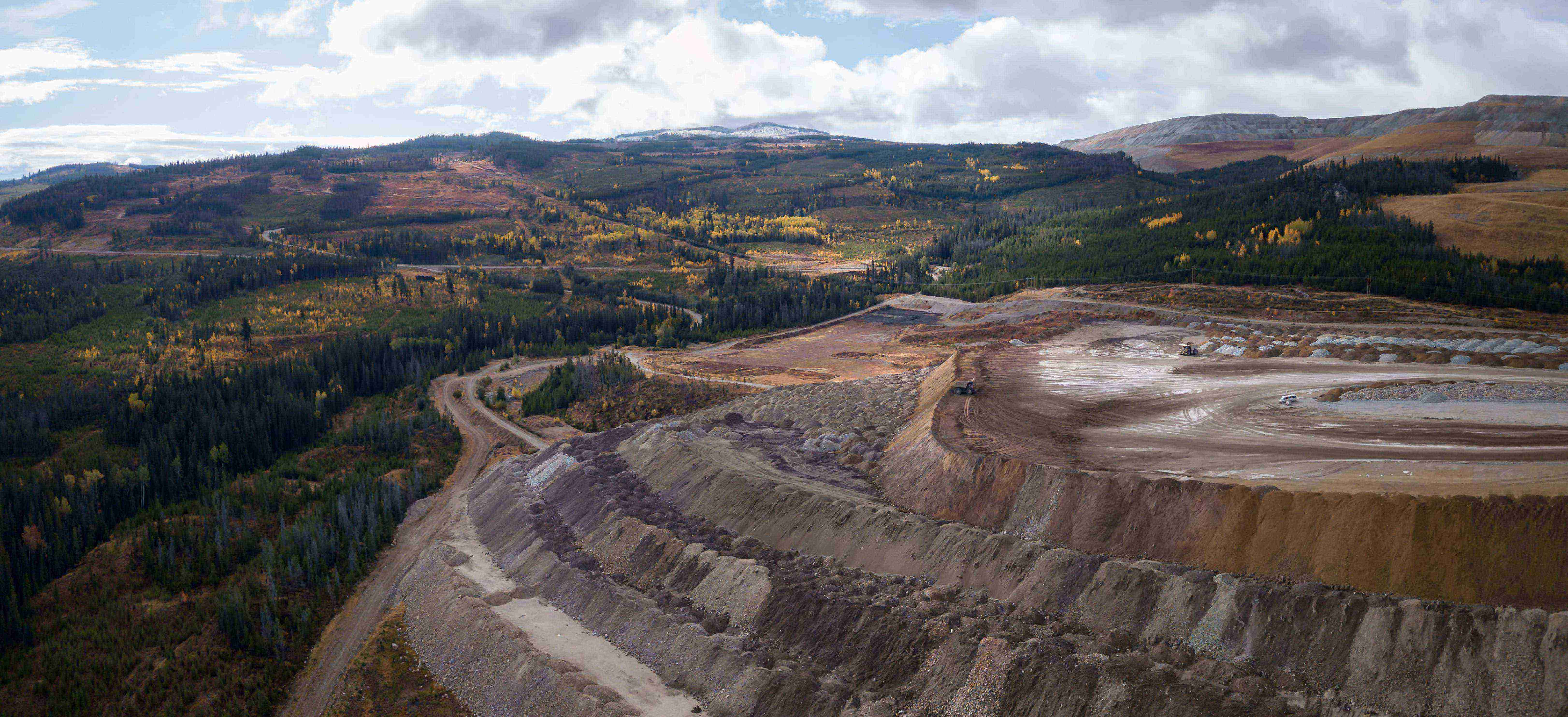Lima, MAY 3 2022 The execution of mining projects in the portfolio will enable to reduce the average poverty rate of Pasco, Junín and Lima to 20% by 2031

- The startup of projects in the central region would generate income from fiscal redistribution (canon minero) and royalties in the amount of S/ 718 million and benefits for 2.2 million people through the generation of employment.
The execution of mining projects in the central region of the country, covering the regions of Junín, Pasco and Lima provinces, would reduce their poverty figures to 20% towards 2031. This impact represents 11 percent points less with respect to the current poverty rate.
This is shown in the study “Economic and social impact of mining in Central Peru – Historical perspective and vision towards the future”, presented by the Peruvian Institute of Mining Engineers (IIMP) and the Center for Competitiveness and Development (CCD) during the first work day of the event Rumbo a PERUMIN, central Peru edition.
These projects, in the case of Junín, with a current poverty rate of 27%, would enable to reduce it by 9 percent points, to 18%; in Pasco, it would drop from 41% to 26%; finally, in Lima Provinces (Barranca, Cajatambo, Canta, Cañete, Huaral, Huarochirí, Huaura, Oyón and Yauyos) poverty would fall from 27% to 17%.
“It should be noted that the projects portfolio of these three regions concentrates a total of US$2,341 million. This means that by 2031, S/ 718 million would be generated through fiscal redistribution (canon minero) and royalties. If we break this figure down, it would mean S/ 241 million in Lima provinces, S/ 200 million in Pasco and S/ 276 million in Junín, explained Rudy Laguna, Director of the CCD.
Generation of employment
The projections of the study indicate that by the year 2031, the execution of the mining projects of the portfolio would achieve the generation of direct and indirect job positions for around 550,000 persons in these regions of the country. Based on the results of the National Institute of Statistics and Informatics (INEI) and the Ministry of Energy and Mines (Minem) the sector currently generates 367,000 job positions.
This employment increase has an impact also in the number of beneficiaries of the regions, from 1.4 million to 2.2 million. Junín would be the greatest beneficiary as it would concentrate one million of these.
Some of the projects that would boost the income and employment in the central area are: in Junín, the expansion of Toromocho (US$ 1.3 million) Ariana (US$ 140 million) and Shalipayco (US$ 91 million); in Pasco, Ayawilca and San Pedro de Pillao (US$ 264 million) and Yumpaq (US$ 81 million); finally, in Lima Provinces, we have Río Seco (US$ 410 million).
“Peru is a highly-competitive country attracting foreign investment. In the list of mining reserves, only for copper, we rank second, behind Chile, with 10% of the reserves. Using this portfolio of projects would boost the income of these regions undoubtedly”, added the economist, Mr. Laguna.
It is worth emphasizing that the study “Economic and social impact of mining in Central Peru – Historical perspective and vision towards the future” is presented within the framework of activities of Rumbo a PERUMIN, which is the prelude to the PERUMIN 35th Mining Convention that will take place from the 26th to the 30th of September in the city of Arequipa.







